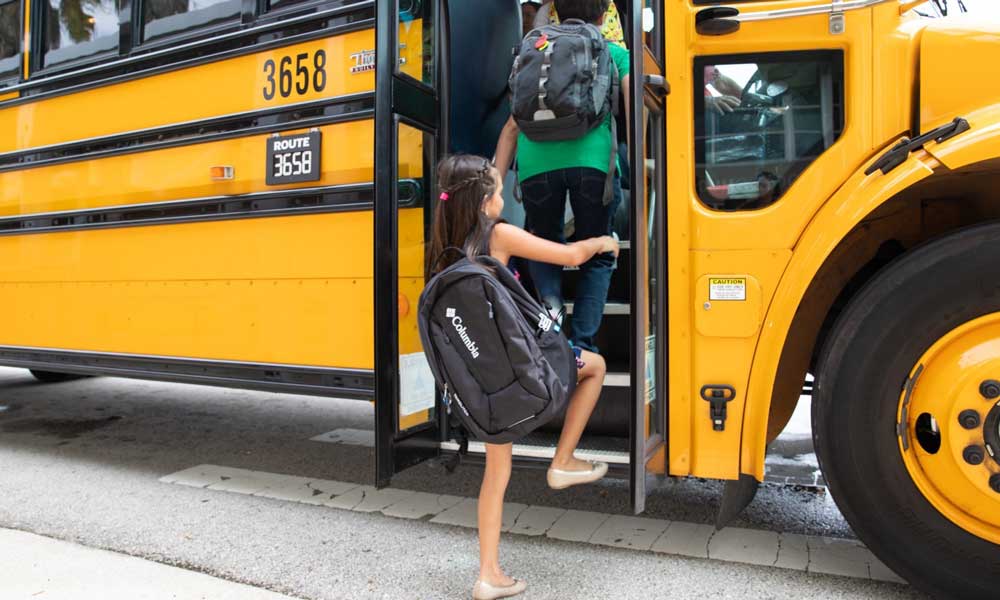Video Integration: The Secret Sauce
Originally published in BusRide Magazine
Technology plays an important part in transit operations today. Passenger counting, electronic ticketing, CAD/AVL systems, video surveillance, wireless, and even onboard Wi-Fi help transit agencies deliver a better, more efficient public transit experience. Developing a world-class transit organization means implementing solutions from best-in-class technology partners. But in order to meet increasing customer expectations, these solutions need to be able to talk to each other and work together to deliver real-time insight to passengers and transit operators alike. This is where data integration is essential.
Video surveillance is no longer a stand-alone system but an essential part of the Intelligent Transportation Systems (ITS) ecosystem. Selecting a video partner experienced in integrating with multiple platforms is critical. Custom integrations can be complex, but when done right, those integrations can deliver better data more efficiently to meet the demand for real-time information. Once integration is completed, the entire system is more feature-rich and tailored to the needs of the organization.
Data Synchronization
An integrated solution requires coordination and development by all companies involved to achieve “plug-and-play” functionality between the system components. For example, systems that enable the driver to tag video for review at a later time will want the time reference on the Computer Aided Dispatch (CAD) system to be identical to that on the video system. This ensures that the time recorded by the CAD system at the instant the driver tags the video (via a button press) is identical to the time that is recorded by the Digital Video Recorder (DVR) operating in the bus.
The same is true for vehicle GPS integration. Most video systems have the ability to record GPS coordinates. This provides additional context to the video evidence, allowing security staff to see the location of the bus on a map alongside the video and audio during playback. Combine this with the power of Automatic Vehicle Location (AVL) and the transit operator will know the location of each bus in real-time and then later be able to trace a vehicle’s route historically using the video system. Again, synchronization of GPS coordinates is essential to re-create the scene, prepare an accurate case and determine the best path forward as a resolution or to make improvements. Each location-recording device on the bus must integrate with a single GPS receiver to accomplish this.
Establishing Information Flow
Most often, integration of the bus video system with other components of the overall solution will require a two-way information flow. Not only will the DVR receive information from the CAD System, recording it on the hard drive for future playback, but the DVR will need to report key service-affecting events to the central dispatch site – events such as video camera maintenance and record-to-hard-drive status.
There is also the need to identify the common data points and the authoritative source as there may be multiple systems capable of providing the same data points. A successful integration plan will carefully map the data that is to be shared and how it flows between critical components to deliver meaningful information.
Shared Connectivity
Engineering the integrated video system must take into account the entire end-to-end system. That typically includes devices on the vehicle that the DVR will interface to, the Wi-Fi and cellular communication network topologies used to keep the vehicle in contact with the central site, and the software used by dispatchers, system administrators, case investigators, and security and maintenance personnel. Real-time connectivity is essential and sharing that communications network is more efficient and cost-effective. Video, audio, vehicle operating and GPS data, ticket revenue, passenger counts can all be transmitted in real-time over a single point of connectivity, eliminating the expense and administration of multiple data plans.
The End Result: Better Decisions
At the end of a successful custom integration, you have technology that operates intuitively as a single system instead of separate uncoordinated parts. You have the efficient flow and transmission of real-time data to and from the bus operators and transportation support staff to improve the speed of problem resolution and decision-making. To achieve the highest level of integration, customized to your transit environment, video and ITS providers use observational voice-of-customer methodology to develop a clear understanding of what the various roles of the end user are and their individual needs to do their job.
For additional information on video systems as a component of a fully integrated fleet solution, or a stand-alone system that can be upgraded in the future as a fully integrated system, contact a Seon transit representative via our Sales Support web page.








